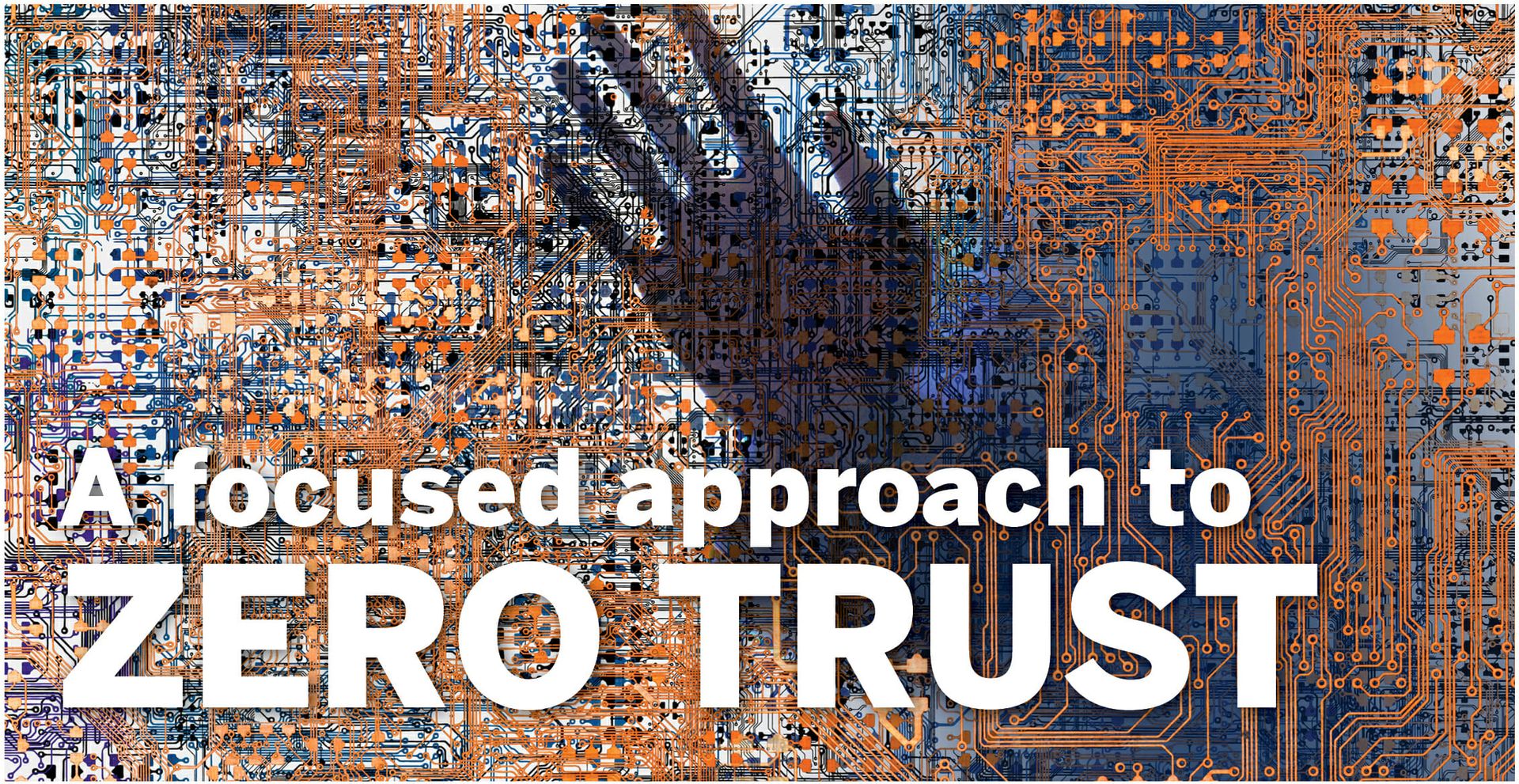

The evolution of IT has greatly outpaced that of cybersecurity. While security hasn’t stood still, it hasn’t progressed effectively to address today’s digital and gig economy realities. Here are some reasons why this is so.
IT is distributed, hybrid and on-demand, broadening the scope of your attack surface. The workforce, like today’s data, is mobile, and access can come from anywhere. Complexity is rampant, putting your security team under immense pressure to protect data wherever it is, be it on premise, in the cloud, or elsewhere. Finally, threats are pervasive and constantly evolving. Your defenses need to evolve as well.
Security must undergo a Zero Trust paradigm shift, which Forrester defines as “a fundamental transformation of corporate security from a failed perimeter-centric approach” – Security Architecture & Operations Playbook, Forrester, 2018.
In-order to achieve Zero Trust, focus is imperative. It requires addressing three fundamental challenges to become cyber resilient, which can minimize complexity and establish a secure foundation for your future.
1. Reduce Your Attack Surface
There are too many entry points and paths leading to your critical systems. You need to make resources, wherever they reside, invisible to unauthorized people. It also requires limiting the lateral movement an individual can take once access has been granted.
This is all achievable with a Software-Defined Perimeter that cloaks the ports of entry and deploys fine-grained microsegmentation for a secure 1:1 connection to permitted resources. Zero Trust terminology calls it the Principle of Least Privilege.
2. Secure User Access
Zero Trust requires replacing the old “trust, then verify” model with an identity-centric approach that factors in context before granting secure access. Gone are the days when a known IP address and password are enough to ensure the user behind the device is who she says she is.
Attempting to achieve Zero Trust by gluing together VPNs, NACs and various types of Firewalls introduces unneeded complexity. A Software-Defined Perimeter presents a better approach to network security that embodies the principles of Zero Trust, reduces operational complexity and unifies secure access across your hybrid organization.
3. Neutralizing Adversaries
Leon Trotsky said it best, “You may not be interested in war, but war is interested in you.” Threat mitigation requires both a strong offense and defense.
Your frontline consists of your employees and the online environments they access. Adversaries actively prey on your workforce here. You must monitor your digital footprint to proactively detect and remove threats before they reach your workforce
Being complacent in today’s threat ridden world will end in disaster. Organizations must continuously search for vulnerabilities and hunt for threats that have bypassed preventative controls. Cyber resilience requires deep analytics and specialized expertise to unearth where you are most vulnerable and how an adversary could get in.
Security needs to catch up with IT and focused approach to Zero Trust can get you there. By embracing this straightforward framework, organizations can become more secure and less complex. Learn more about a focused approach to Zero Trust.



